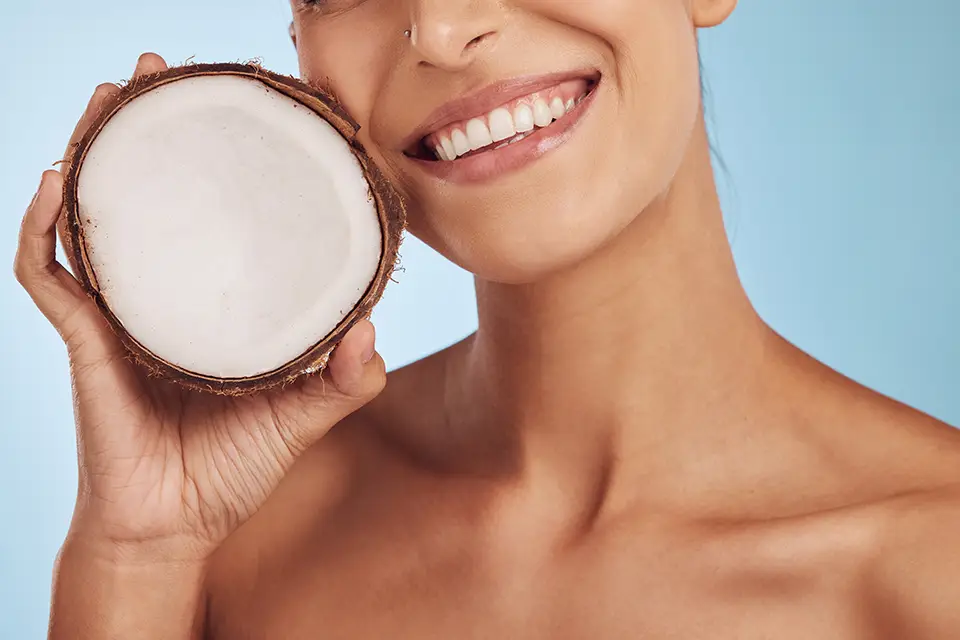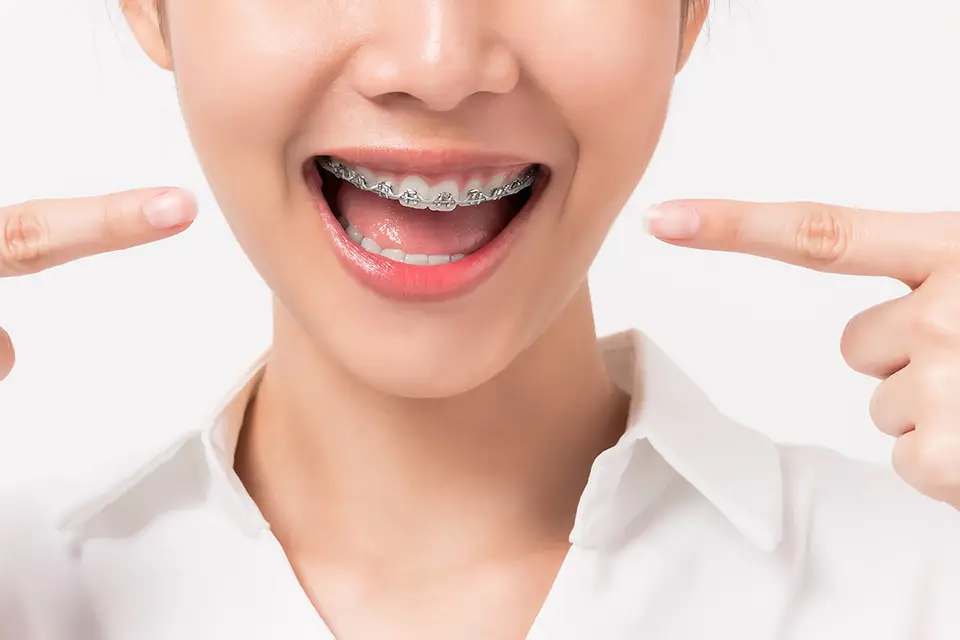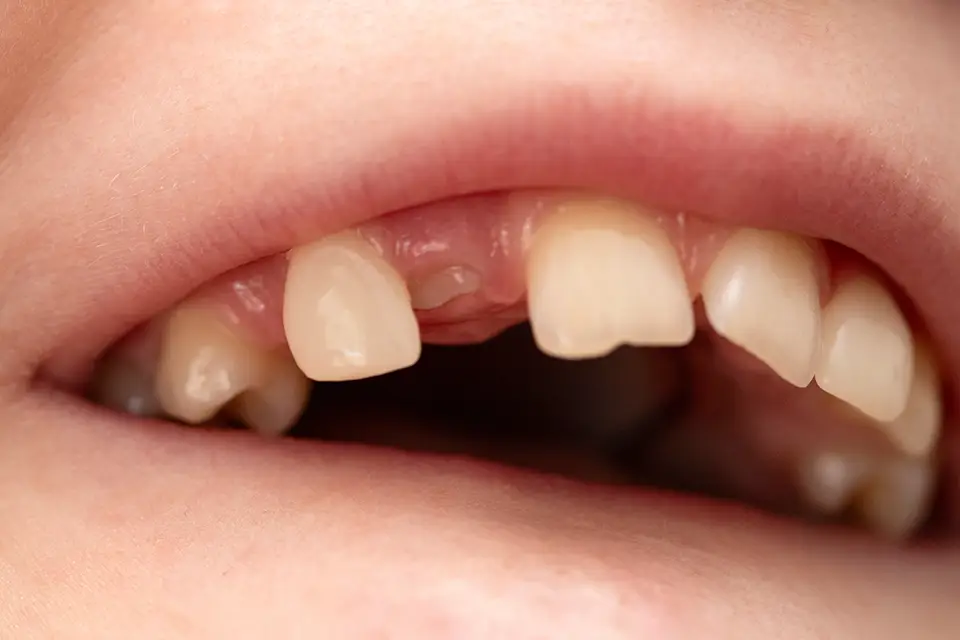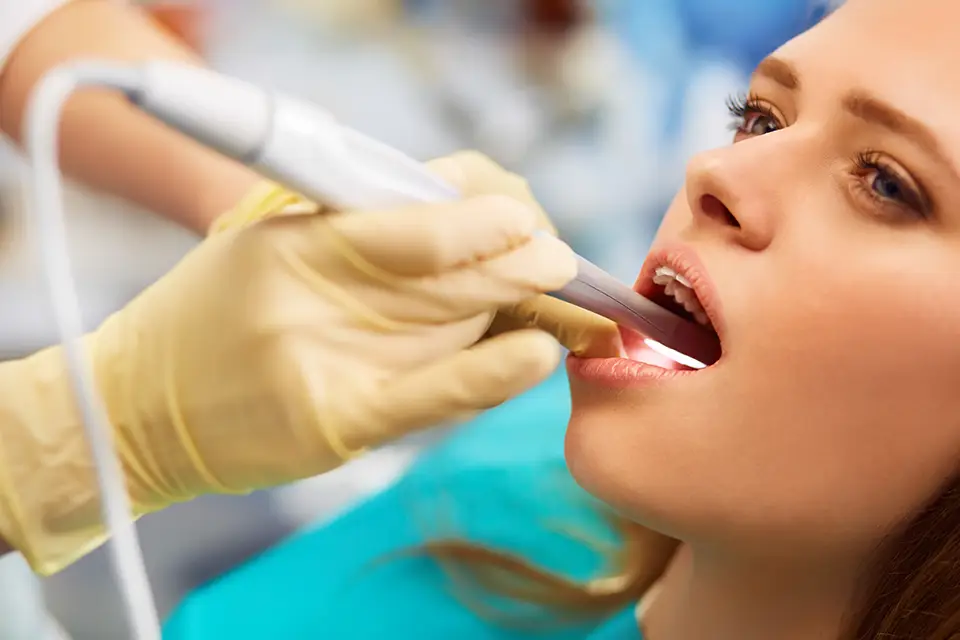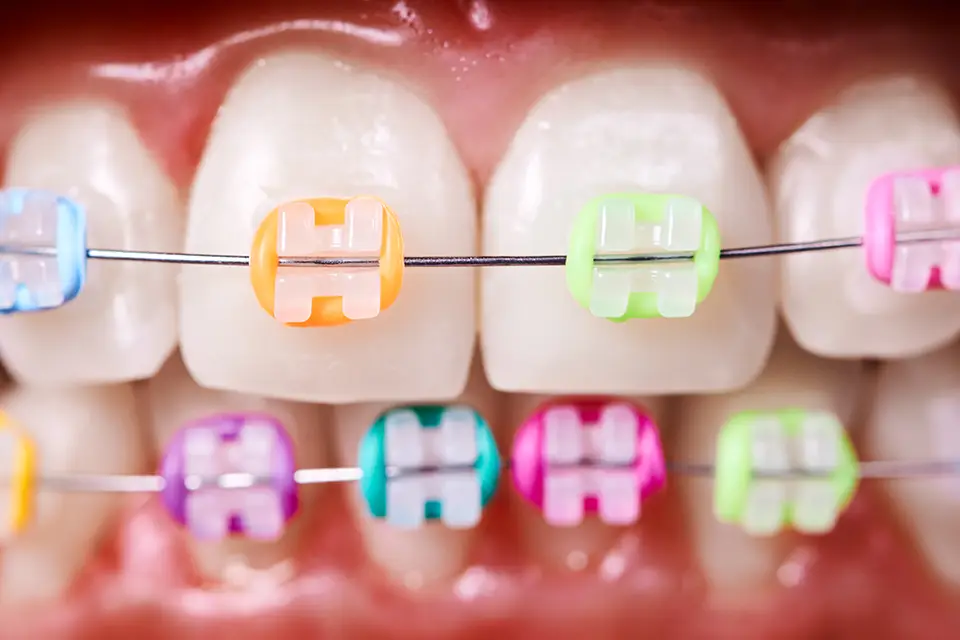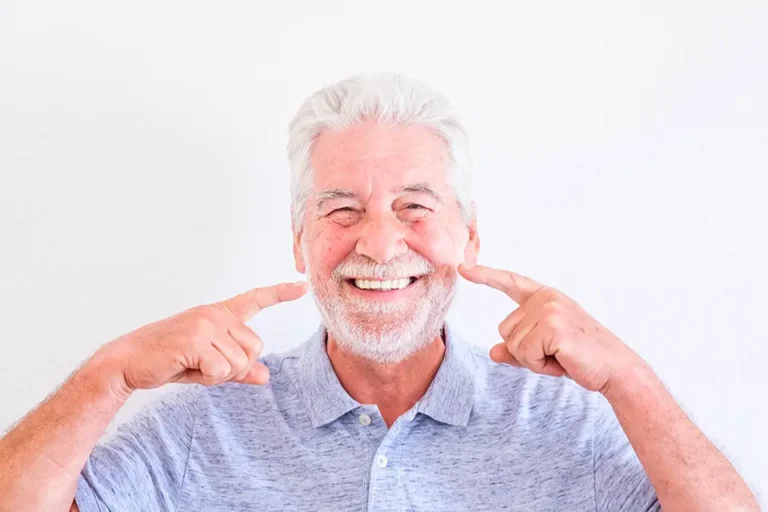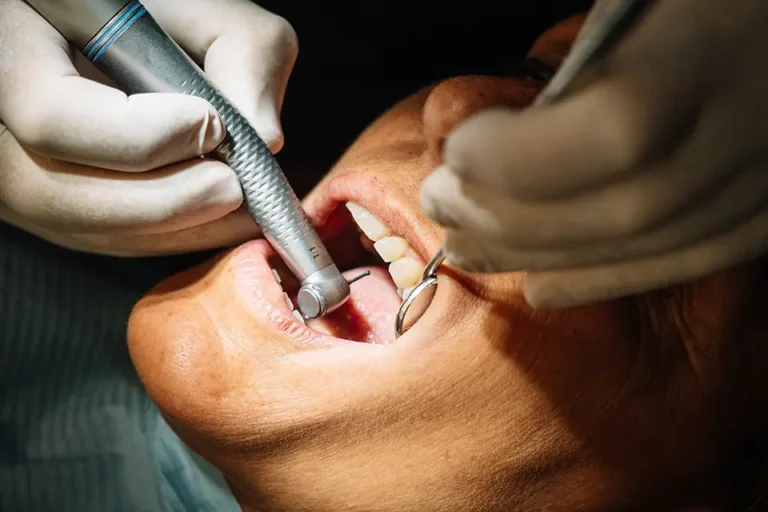Braces can help with different orthodontic issues, but sometimes you have to add some rubber bands to get the most benefit. It is important to know when you need small rubber bands for braces so that you are getting your teeth into the proper position within the estimated timeframe. You also have to ensure that you choose the right rubber bands and that you change them and care for them properly so that you are getting the results that you want.
How Rubber Bands for Braces Work
Rubber bands, also known as elastics, are a crucial component of orthodontic treatment with braces. They assist in applying the necessary pressure to move teeth and jaws into the correct positions. Here’s a closer look at how they function and their many configurations.
Rubber bands connect different parts of your braces, typically attaching to hooks on the brackets. They apply a pulling force on the teeth and jaws by stretching the bands and creating tension. Moreover, this force facilitates correcting misalignment, overcrowding, and bite issues by guiding the teeth into their proper positions.
Furthermore, rubber bands exert continuous, mild pressure, which speeds up the process of shifting teeth and ensures that they settle into their new places more quickly and effectively.
Common Configurations
To treat orthodontic problems, orthodontists utilize rubber bands in various configurations. Here are some standard configurations:
- Triangle Configuration: This is a standard method for correcting open bites. The bands form a triangle connecting the upper canine, lower canine, and first premolar.
- Box Configuration: They close gaps between teeth. The bands form a box shape, connecting four brackets in a square or rectangular pattern.
- Class II and Class III Configurations: These treat overbites and underbites. Class II elastics connect the upper canine to the lower molar, whereas Class III elastics connect the lower canine to the upper molar.
Triangle Rubber Bands Braces
Triangle rubber bands are specially designed to treat open bites. An open bite is a condition where the upper and lower teeth do not touch when the mouth is closed. In addition, by applying pressure in a triangular pattern, these rubber bands help move the teeth into a position where they can make contact, thus closing the open bite.
When Do You Get Elastics for Braces?
If you have an overbite do you need rubber bands? What about an underbite or an open bite? All of these orthodontic problems mean that you need to use rubber bands. The right bands and application are important for the specific issue you are experiencing.
What Are the Bands on Braces For?
So, what are the bands on braces for? They work to align your bite during the phase of orthodontic treatment where your teeth are now straight, but your bite needs correction. In some cases, the orthodontist might also recommend elastics if you only need to straighten your teeth because the pressure that they provide can also aid in moving your teeth into the proper position.
Are Elastics the Last Stage of Braces?
This can be the last phase, so if you are wondering, “are elastics the last stage of braces,” the answer is “yes” if your braces are there to also help with bite correction. Now, if your bands are there to help move your teeth, you may need to start using them during the earlier phases of this treatment.
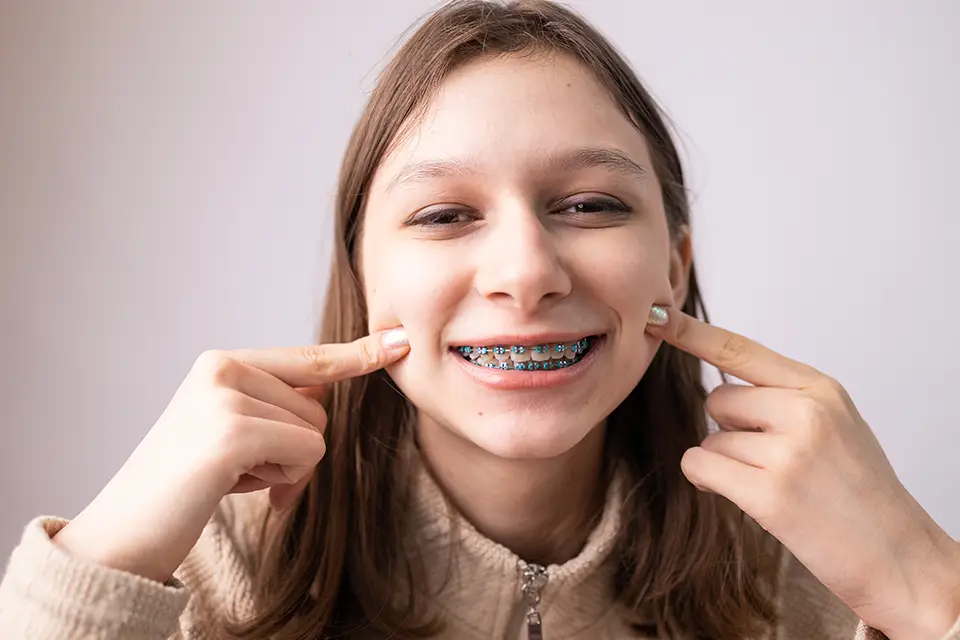
Is the Strongest Rubber Bands for Braces Always the Best?
You should consider the cost of rubber bands in the average cost of braces, but this does not mean that you always need the strongest and most expensive ones to benefit the most. Your orthodontist will recommend the best elastics for your specific orthodontic condition. As you progress during the phases of treatment, they might suggest different types. It is important to always use the elastics that they are recommending for the most effective treatment.
Underbite Braces Rubber Bands
When you have an underbite, your lower teeth protrude out too far due to lower jaw misalignment. This makes it look like your upper teeth sit too far back in your mouth. With an underbite, the following issues are possible:
- Issues with speaking
- Trouble chewing and biting food
- Jaw misalignment causing facial and mouth pain
Place one end of the elastic on your lower canine and the other on your upper first molar. This corrects an underbite by bringing your lower jaw back into the proper alignment.
See Also: Underbite Treatment
Overbite Braces Rubber Bands
This bite issue means that your upper teeth protrude out, making them cover your bottom teeth. In most cases, this type of misalignment is hereditary, so if your parents had it, you could too. An overbite may cause the following problems:
- Tooth decay
- Headaches
- Not being able to close or open your mouth fully
- Trouble talking
- Jaw pain
- Discomfort when you eat
- Sleep apnea
Place one end of the rubber bands to fix overbite on your lower first molar and the other on your upper canine. This reduces an overbite by bringing the upper part of your jaw into proper alignment.
Open Bite Rubber Bands for Braces
When your jaws close, there is teeth misalignment when you have an open bite. This is because your teeth slant outward on the bottom and the top. If you have an open bite, it can cause the following problems:
- Improper chewing and biting of food
- Difficulties with speech
- Abnormal wear of your back teeth
A triangular pattern with your elastics for open bite works to bring your lower and upper arches of teeth into the proper alignment. You place the elastics on the top teeth at your canine, and on your bottom teeth at the first premolar and canine. It should make a triangle once the rubber band is in place.
What Are the Different Types of Rubber Bands for Braces?
There are four primary types of elastics for open bite and other orthodontic issues that your orthodontist might recommend. The best type depends on the issue that you are experiencing, and they include:
- Class II: These are overbite braces rubber bands.
- Class III: These are underbite braces rubber bands.
- Front cross elastics: These are for midline alignment.
- Vertical elastics: These are open bite braces rubber bands.
Food Safe Elastic Bands for Braces
The materials that make up rubber bands for overbite and other orthodontic problems are usually latex. This material is safe to eat with and will not cause issues with the taste of your foods. Just make sure that none of the elastics break when you are eating. If they do, immediately replace them after finishing your meal.
How to Put on Orthodontic Rubber Bands
There are certain things to consider when putting the bands on your braces. It is important to use the proper placement to get the most benefit. Never overstretch elastics for open bite and other orthodontic issues. This can cause discomfort and result in the bands breaking.
When to Wear Teeth Braces Rubber Bands
Elastics for open bite and other orthodontic issues should be in place 24 hours a day. Make sure that you are wearing them when you sleep, eat and play. There are a few exceptions to this rule, including:
- Remove them for basic dental hygiene
- When you eat a big meal, but only if you absolutely need to
- When you are wearing a mouthguard for sports, but immediately replace them when you take out the mouthguard
How Often to Change Orthodontic Rubber Bands
The rubber bands to fix overbite and other orthodontic problems need changing at least every 12 hours. However, many orthodontists recommend that you switch them out about three to four times daily. This helps to ensure that they maintain a good level of elasticity and strength to realign your teeth.
Why Do Rubber Bands Hurt So Much?
Wearing rubber bands for braces is likely to cause some discomfort. This pain is mainly caused by the elastics exerting pressure on your teeth and jaws as they move. Additionally, the discomfort is typically most noticeable when you start wearing the bands or switch to a new set. Here are some recommendations to relieve the pain:
- Over-the-counter Pain Relievers: Medications like ibuprofen can help reduce pain and inflammation.
- Warm Saltwater Rinses: Gargling with warm salt water might help with painful gums and teeth.
- Soft Foods: Eating soft foods can help to relieve discomfort and lessen pressure on your teeth.
Can You Eat with Rubber Bands on Your Braces?
Orthodontists generally recommend removing rubber bands while eating to prevent them from snapping or getting stuck in your food. Brush your teeth after eating, then replace the rubber bands. Moreover, this promotes hygiene and ensures the bands’ effectiveness.
How Long Will I Need to Wear Rubber Bands?
The duration of wearing rubber bands varies for each patient, depending on the severity of their orthodontic issues and how diligently they follow their orthodontist’s instructions. In addition, typically, patients may need to wear rubber bands for several months to over a year. Consistency is essential—wearing the elastics as prescribed. Usually, 24/7, except during meals, ensures the best outcomes and can shorten the entire treatment time.
Understanding the role of rubber bands and how to use them properly might help make your orthodontic journey go more smoothly and efficiently. If you have any questions or concerns about your treatment, always consult with your orthodontist.
Where to Put Rubber Bands on Full Braces
Whether you are looking at how to put rubber bands on braces for overbite or another orthodontic issue, the steps are generally the same, including:
- Stand in front of a mirror
- Hold the band between your pointer finger and thumb
- Hook one end of the band on your top teeth connecting it to the hook of the braces
- Hook the other end of the band to your bottom teeth, connecting it to the hook of the braces
What Not to Do When Wearing Elastic Bands for Braces
Whether you are wearing food safe rubber bands or another type, there are some don’ts to remember to protect your bands and braces. These include:
- Never put two elastics in one spot because this can cause tooth root issues due to too much pressure
- Do not stretch the bands too far because it reduces their strength so that they are not as effective
How to Remember to Wear Your Rubber Bands on Full Braces
It is important to always wear your braces bands according to your dentist’s recommendations. However, it can sometimes be hard to remember to put them on, especially for kids. The following helps you to remember to put on your elastic bands for braces:
- Make a specific time in the morning to put your braces bands on
- Always store your rubber bands in the same place where you see them often
- Make a time around lunch to put on your teeth braces rubber bands
- Always keep your small rubber bands for braces on you when you leave the house so that they are handy
Where to Get Rubber Bands for Braces
Your dentist will recommend the braces bands that you need for the orthodontic issue that you are dealing with. It is important to remember that the ones you need could change with time. For example, you may need different rubber bands for the last stage of braces compared to when you first get them.
You can often get braces bands at your dentist’s office. They also have them at most drug stores and big box stores if you need them when your dentist is not open. Rubber bands are relatively inexpensive, so they do not add much to the average cost of braces.
Do the Strongest Rubber Bands for Braces Hurt
Whether wearing them for the last stage of braces or for another issue, there is an adjustment period. It is not uncommon to have some soreness in your jaw and teeth. For most people, this is easily tolerable. As you continue to wear them, the discomfort goes away and you start to get used to the bands.
It is a common misconception that rubber bands are only for the last stage of braces, but there are various reasons to wear braces bands. Your dentist will tell you when to wear rubber bands and for how long. They will also let you know the best type for the orthodontic condition that you are working to correct. To learn more about the types of rubber bands for braces and other important information, call Zara Dental in Houston, Texas, today.


